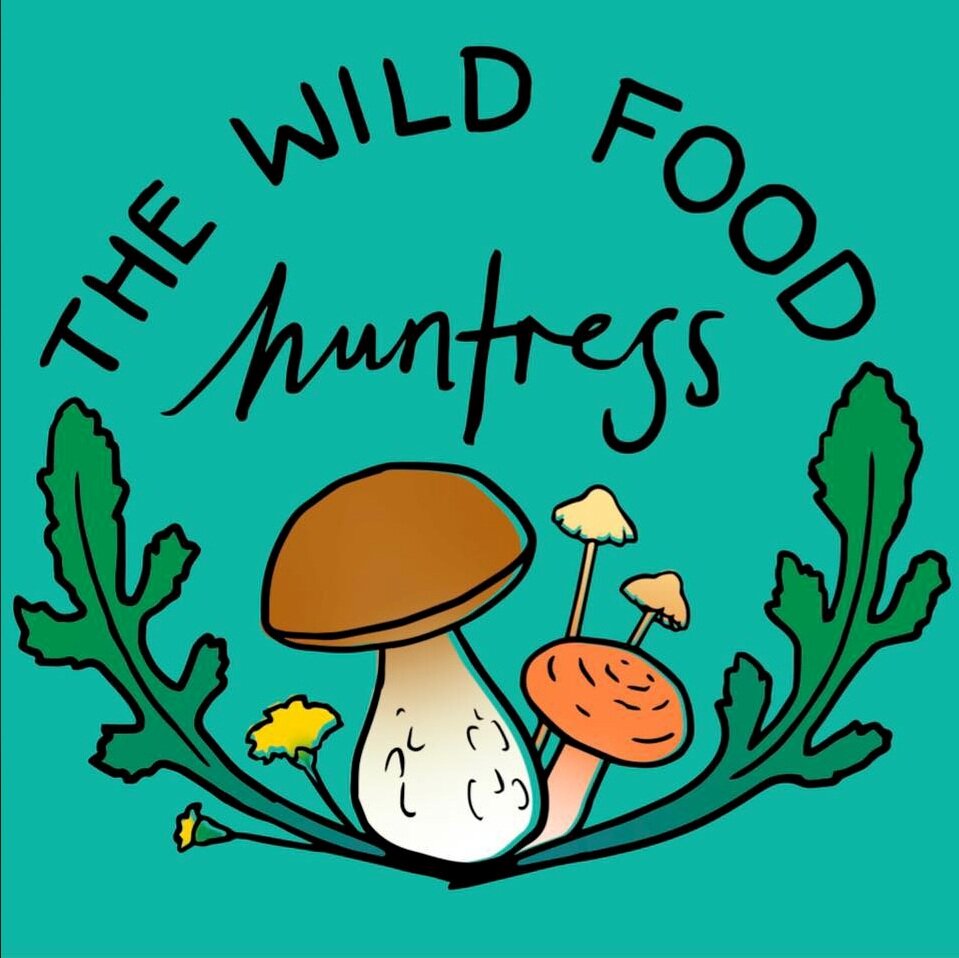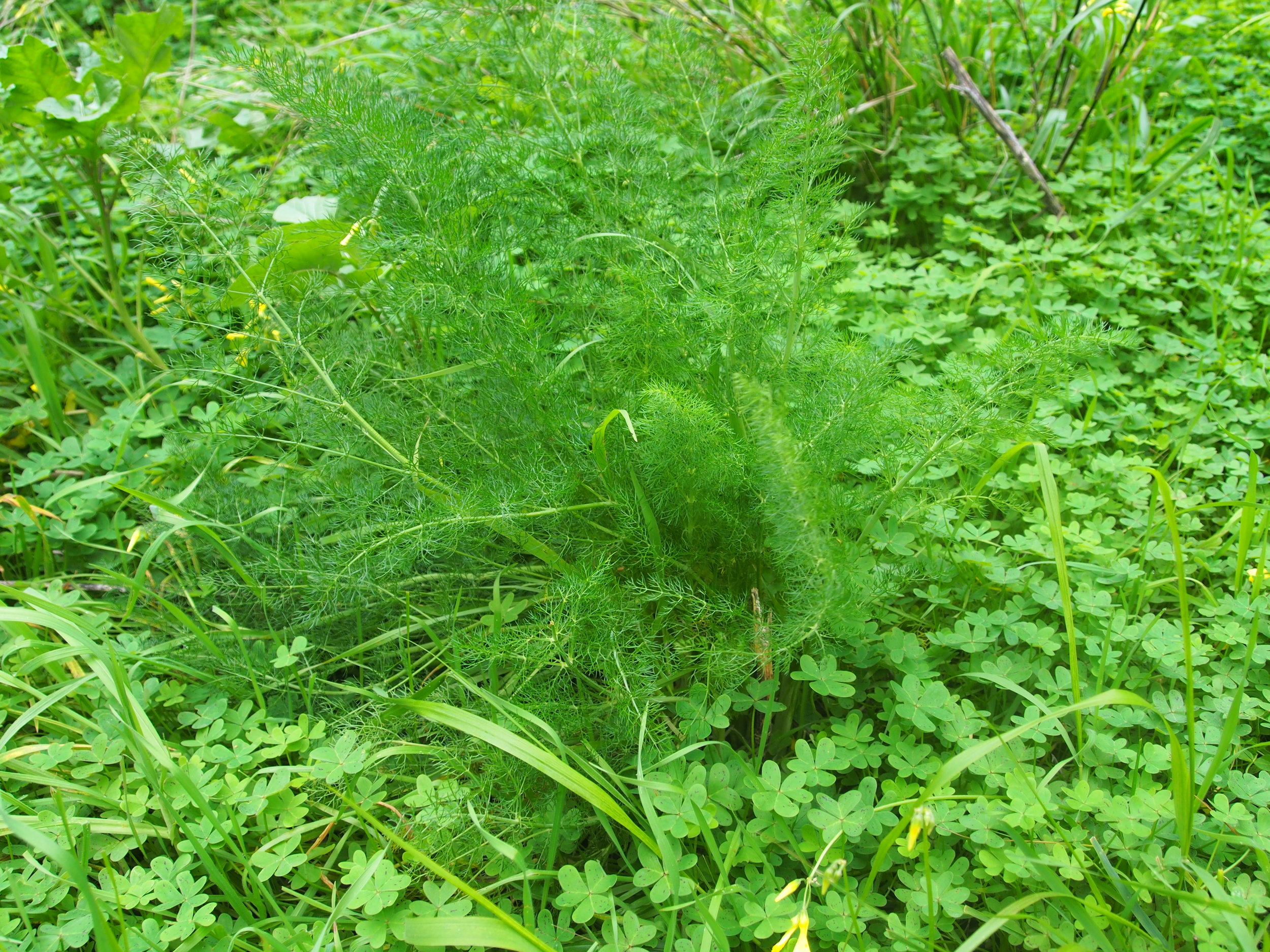Wild Fennel
Botanical Name: Foeniculum vulgare
Common Names: Wild fennel, aniseed, dill, anise, sweet anise, vinkel fennel,
Description:
Wild fennel is a fine leafed robust Perennial tap rooted plant that can reach a height of up to 3m. If the plant is cut or bruised you will be able to smell a strong scent of aniseed.
It grows erect and has a long lived crown and many stems joined at the nodes and is hairless in its appearance.
The leaves are finely divided into lacy, thread like segments and sort of resemble a carrot top. The leaves can grow up to around 40cm-50cm in length and are quite dark green in colour.
It produces many clusters of flowers whose petals roll inwards. It is yellow in colour forming flat topped umbrella like groups that are around 5cm-20cm across.
The seeds change from green in colour to a yellowy brown as they mature. They are oblong and ribbed in shape and are around 0.5cm long and about 0.2 cm wide.
Edibility:
Unfortunately unlike the supermarket version wild fennel does not produce a nice large edible bulb. However most of the plant is still delicious and edible. The leaves can be eaten raw or cooked. the stalks can be eaten fresh or raw however the older the plant gets the tougher the stalks will become. The flowers add great addition to salads.If you have the patience and time you can harvest the pollen which is a much sort after ingredient and quite expensive to buy! The seeds can be dried once they age but also be added to dishes or eaten raw when they are green for an added punch of flavour. You could also dry the leaves and seeds to make a herbal tea.
Medicinal uses:
Wild fennel has be used to treat heartburn, gas, bloatingangina, asthma, angina, coughs.It has also been used as a digestive aid, appetite suppressant, analgesic digestive aid, Analgesic and is said to have Anti-inflammatory properties.
Leaf




